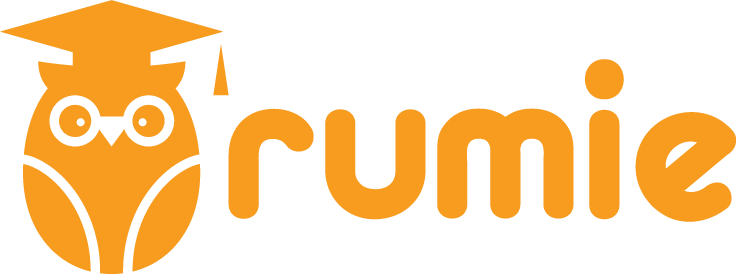"Wow, your job must be so creative — I bet you never get bored!"
This is something I hear quite often as an eLearning developer. Many think that working in a creative field means having the freedom to "go wild" with innovative ideas and do whatever inspires you.
It sounds really fantastic, right?
Yes and no....(spoiler alert)
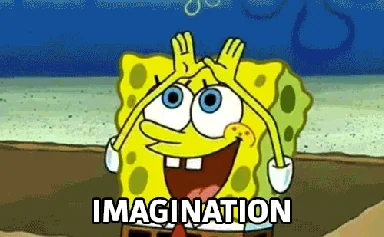
Let me tell you about how I ended up working in the creative field and what I learned about creativity in the workplace.
Finding My Path
An internship motivated me to become involved in the creative field. More specifically, from my Master's in Human Resource Management, I ended up working with clients and creating eLearning programs. I was more interested in the prospect of managing a variety of creative projects than in finding the perfect candidate for the position.
I've been creative for as long as I can remember. When I was younger, I loved to paint and sketch, and as an adult, I discovered another form to express my creativity: cooking.
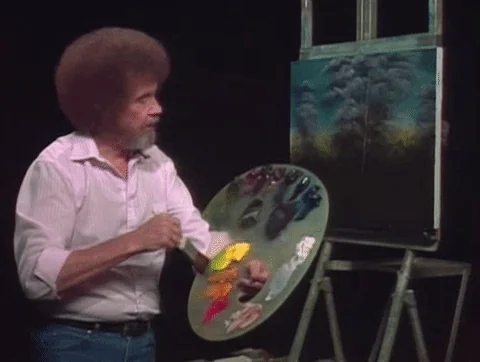
I discovered that the creative industry is perfect for me after asking myself certain questions as I was figuring out my career. FYI, I answered "yes" to every question below, and that's how I became an expert in eLearning development:
Do I enjoy turning ideas into visuals, layouts, or stories?
Do I prefer tasks that let me be creative over those that are repetitive?
Do I like working with both content and visuals to make a message clear?
Do I feel satisfied when I’ve made something both beautiful and functional?
And that was it! I discovered a job that allowed me to mix multiple fields, such as graphic design and learning and development.
Why Creative Careers Rock!
Let's be honest: working in a creative area can be like living the dream. I chose eLearning development as a means to combine my passions for helping people grow and creating visually compelling content to make learning memorable.
So, what makes working in the creative industry so exciting? Here is what I've learned:
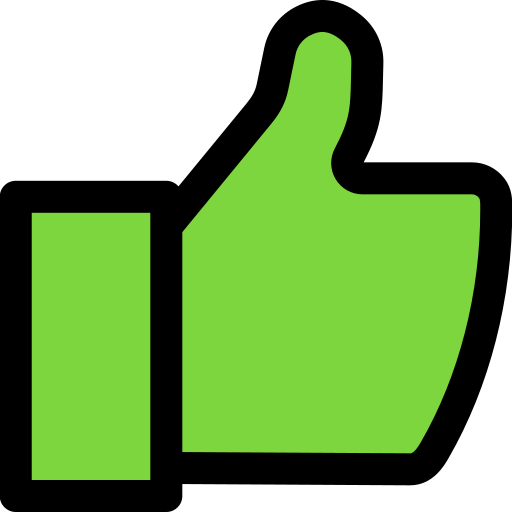
Freedom of expression: You can show off your imaginative vision and make your own ideas a reality. That’s what I love most about eLearning — I get to take raw content and turn it into something visual, interactive, and meaningful for the learner.
Personal satisfaction: Coming up with something unique can be incredibly fulfilling and something to feel proud of. There are no words to express the sense of satisfaction I get after I complete a project!
Flexibility: Creative careers can provide remote or freelance work choices, enabling a more flexible schedule. It's common for creative professionals to work as freelancers.

Continuous learning: Since creative industries change swiftly due to new technologies, you have the opportunity to constantly pick up new abilities. AI is changing the game, so you must stay updated with new developments in technology.
Community and collaboration: You frequently have the opportunity to collaborate with enthusiastic, like-minded people. I’ve worked with subject matter experts, designers, and other creatives who all bring unique perspectives.
Impact and recognition: Whether you create art, media, or design, your work has the potential to leave a lasting impact.
When Creativity Gets Complicated
Let's face it, being in the creative industry isn't all about having bursts of inspiration and perfectly created images. There is a more complicated, messy, and occasionally exhausting side.
Here's what I've noticed from my personal experience:
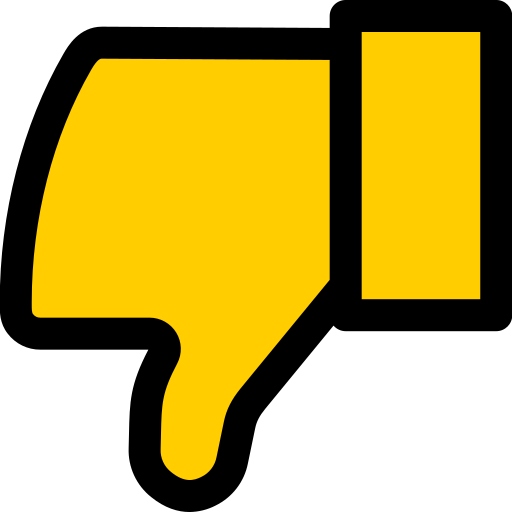
Limited creative freedom: Because client and business guidelines frequently affect the final outcome, you may not always be able to fully express yourself. In my eLearning projects, I’ve sometimes had to tone down my design ideas to fit branding rules or simplify visuals for clarity.
Creative blocks: It might be difficult to continuously find inspiration, particularly while under time pressure.
Criticism and rejection: Putting your work out there entails being receptive to criticism as well as praise.

Unpredictable workload: While some projects may need a lot of hours, others may not, let alone you may need to have tight deadlines.
Competitive field: It might be difficult to stand out in a crowded market. This calls for ongoing innovation and knowledge of new tools. I’ve realized that staying relevant means always upskilling — whether it’s learning a new authoring tool, experimenting with animation, or staying in tune with design trends.
Mental and emotional drain: Excessive overlap between work and passion might lead to creative burnout. Overworking due to high work quality has led to a realization that rest is crucial for creativity and well-being.
Quiz
You’re creatively blocked on a presentation project. What should you do?
Take Action
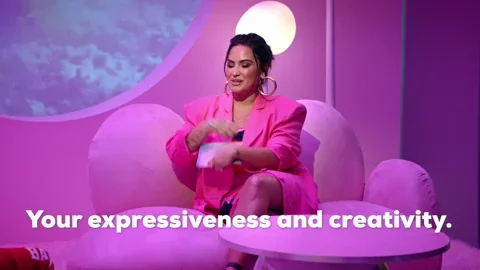
My journey began with an internship while pursuing a Master's degree in Human Resources Management. The creative sector wasn't something that I chose — rather, it chose me. After seeing the creation of eLearning courses and overseeing creative projects, I knew this was my calling.
So, here's my advice: if you want to pursue a career in the creative industry, you need to do your own study, both within yourself and in the market.
Your feedback matters to us.
This Byte helped me better understand the topic.
